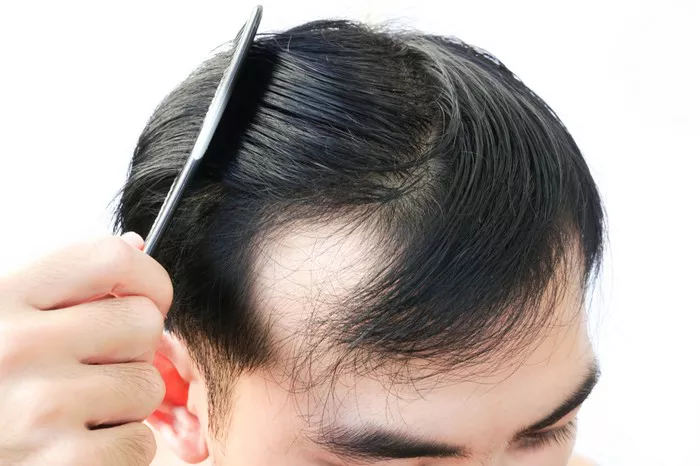Follicular Unit Transplantation (FUT), also known as strip harvesting, is a popular surgical procedure for treating hair loss and restoring natural-looking hair growth. In this article, we provide a detailed overview of how FUT hair transplant works, from consultation to recovery.
1. Initial Consultation:
The FUT hair transplant process typically begins with an initial consultation with a qualified hair transplant surgeon. During this consultation, the surgeon will assess your hair loss pattern, examine the donor area (usually the back or sides of the scalp), discuss your medical history, and determine your candidacy for the procedure. Factors such as the extent of hair loss, hair texture, scalp laxity, and overall health will be considered.
2. Harvesting the Donor Strip:
Once deemed a suitable candidate for FUT hair transplant, the next step is harvesting the donor strip. In FUT, a strip of hair-bearing scalp tissue is surgically removed from the donor area under local anesthesia. The size and shape of the donor strip will depend on the number of grafts needed to achieve the desired results. The incision is carefully closed with sutures, leaving a linear scar that can typically be concealed by surrounding hair.
3. Dissection of Grafts:
After the donor strip is removed, it is dissected under a microscope by trained technicians into individual follicular units, which contain one to four hairs each. This meticulous dissection process ensures that the grafts are of the highest quality and viability for transplantation. The surgeon and their team pay close attention to preserving the integrity of the follicular units to maximize graft survival and promote natural-looking results.
4. Preparation of Recipient Sites:
While the donor strip is being dissected, the recipient sites in the balding or thinning areas of the scalp are prepared for graft placement. Tiny incisions or recipient sites are made in the scalp using specialized instruments, taking into account the natural hair growth pattern, angle, and density. The size and distribution of the recipient sites are carefully planned to achieve optimal coverage and aesthetic outcomes.
5. Graft Placement:
Once the recipient sites are prepared, the individual follicular units are meticulously placed into the incisions using forceps or implanters. The surgeon and their team strategically distribute the grafts to mimic the natural hairline, density, and direction of hair growth. Attention to detail is crucial during this phase to ensure a seamless integration of the transplanted hair with the existing hair and scalp.
6. Post-Operative Care and Recovery:
After the FUT hair transplant procedure is completed, patients are provided with post-operative instructions and guidelines for care and recovery. It’s essential to follow these instructions carefully to optimize healing and promote graft survival. Patients may experience some mild discomfort, swelling, and scabbing in the donor and recipient areas, which typically resolve within a few days to weeks.
7. Hair Growth and Results:
In the weeks and months following the FUT hair transplant procedure, patients will begin to see new hair growth in the transplanted areas. Initially, the transplanted hair may shed as part of the normal hair growth cycle, but new hair will gradually emerge from the follicles. Full results are typically visible within 6 to 12 months post-procedure, with continued improvement over time as the hair matures and thickens.
Conclusion:
Follicular Unit Transplantation (FUT) is a highly effective surgical technique for restoring natural-looking hair growth in individuals experiencing hair loss. From the initial consultation to post-operative care and recovery, the FUT hair transplant process involves several meticulous steps to ensure optimal outcomes. By harvesting hair from the donor area, dissecting follicular units, preparing recipient sites, and strategically placing grafts, skilled surgeons can achieve significant improvements in hair density, coverage, and aesthetics. If you’re considering FUT hair transplant, it’s essential to consult with a qualified hair transplant surgeon to discuss your options, expectations, and suitability for the procedure.
How To Hide Hair Transplant Scar

